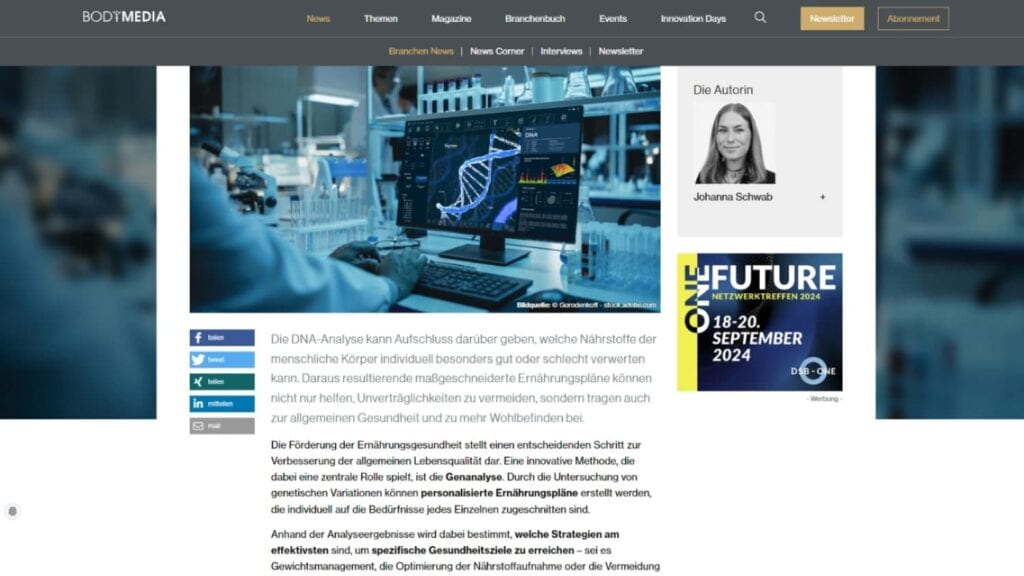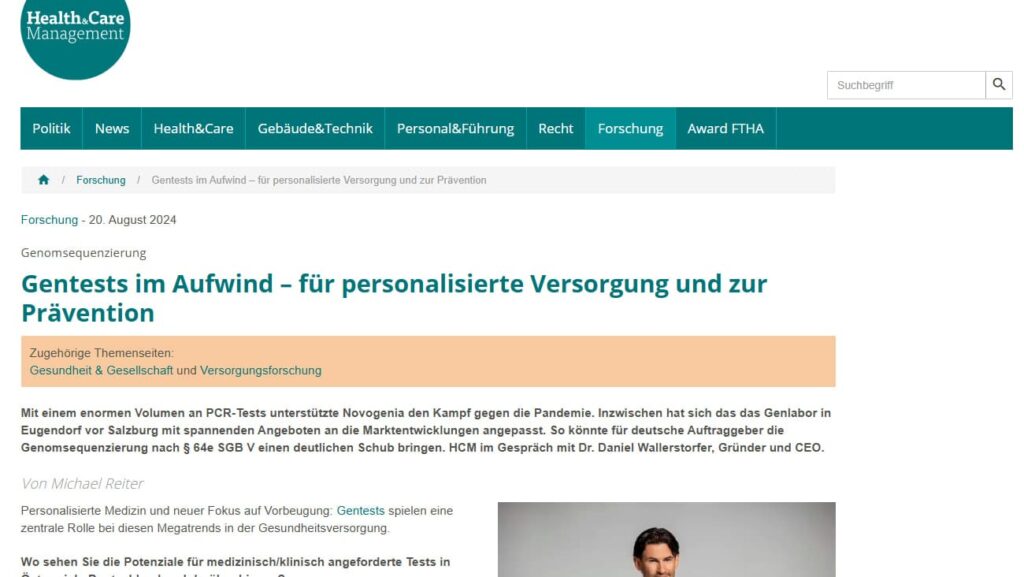Latest Blog
Vitamin B12 is an essential nutrient, also known as cobalamin and one of the water-soluble vitamins. In the human body, it plays a crucial role in nerve function and blood

All Blog Posts
Vitamin B12 is an essential nutrient, also known as cobalamin and one of the water-soluble vitamins. In the human body, it plays a crucial role in nerve function and blood
Vitamin B12 is essential. The possible causes of a B12 deficiency include dietary factors and certain health conditions. Over time, inadequate B12 intake can cause severe health issues, such as
Vitamin B12, also known as cobalamin, is a collective term for a group of chemical compounds classified as water-soluble vitamins. Vitamin B12 plays several roles in the body, including its
The consumption of coffee and other caffeinated beverages is an integral part of everyday life for many people. This is mainly due to the stimulating effect of caffeine. However, this
bodymedia.de – Date: 11.06.2024Author: Johanna Schwab, bodymedia.de – Source
hcm-magazin.de – Date: 20.08.2024Author: hcm-magazin.de – Source






